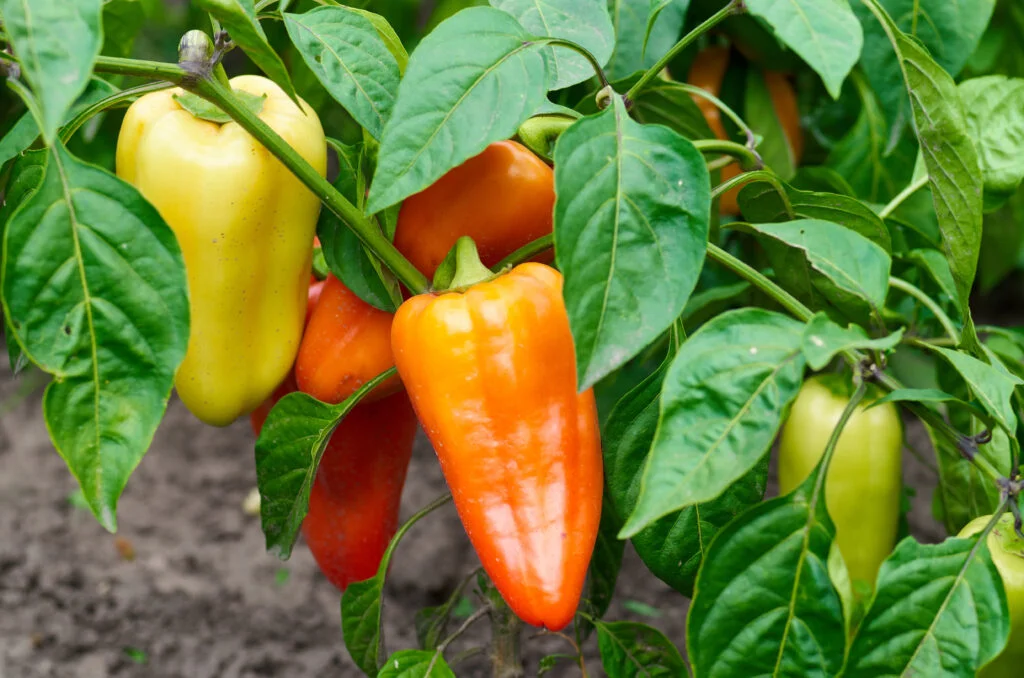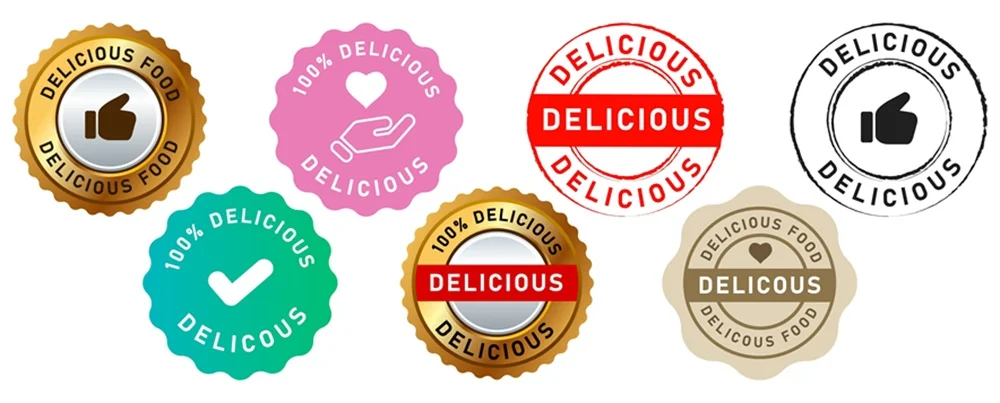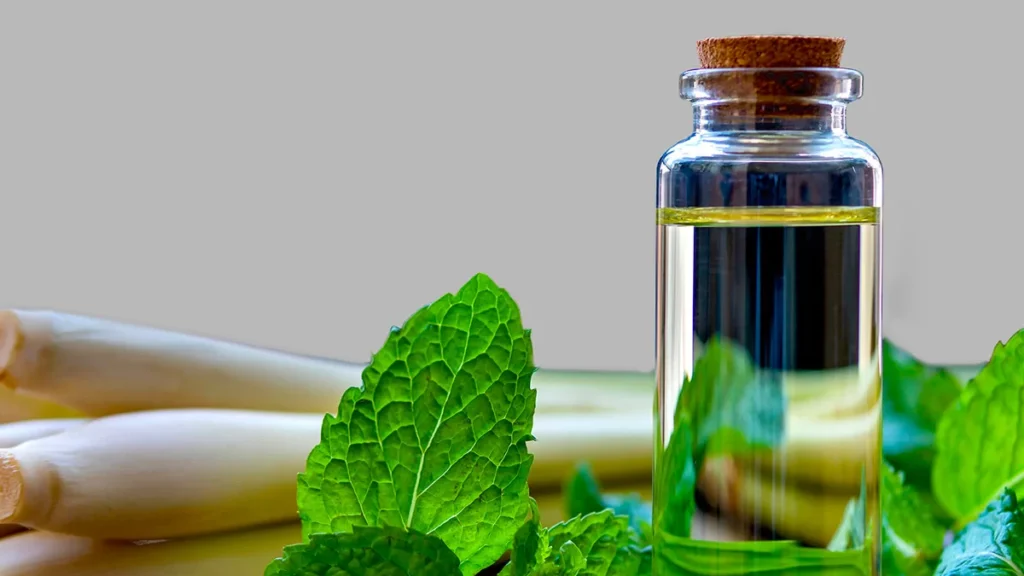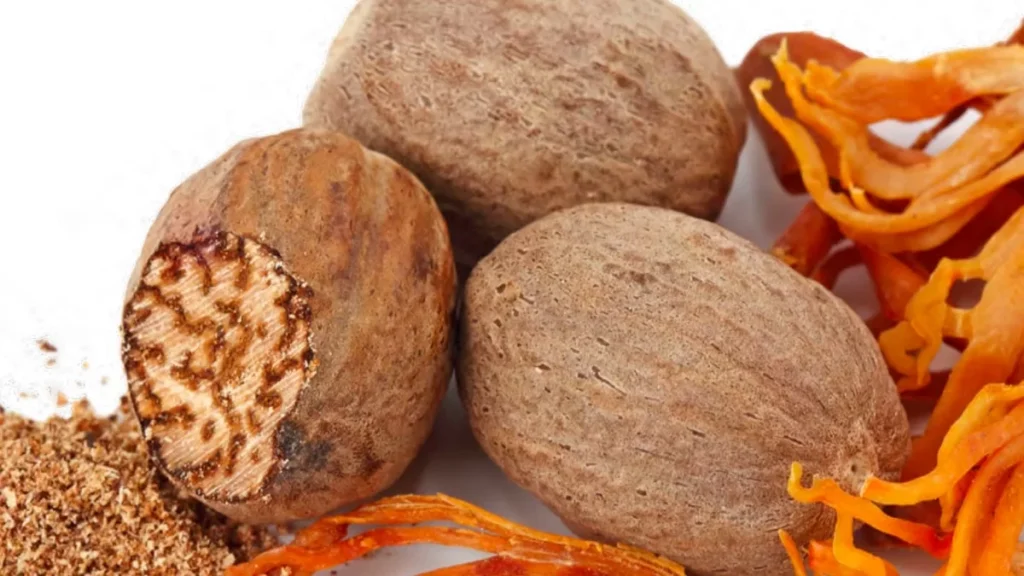Flavor is far more than just taste—it’s a complex sensory experience that shapes the way we connect with food and beverages. When it comes to the Psychology of Flavor, every sip, bite, or nibble triggers a cascade of reactions in the brain, weaving together taste, smell, texture, and even memory to create what we perceive as flavor.
But what truly drives our preference for one flavor over another?
At its core, the Psychology of Flavor explores why certain tastes evoke comfort, spark nostalgia, or inspire adventurous cravings. It explains why some people gravitate toward sweet and creamy, while others crave bold and spicy.
Factors like culture, personal experience, and even emotional state all play a role in shaping these preferences—often without us even realizing it.
For food and beverage manufacturers, understanding this psychological connection is more than interesting science—it’s a strategic advantage. Creating flavors that resonate on a deeper, emotional level can influence consumer behavior, build brand loyalty, and keep customers coming back for more. And that’s where expert flavor formulation makes all the difference.
At Trilogy Flavors, we’re fascinated by the intricate relationship between taste and the mind. Our team of flavor scientists applies this knowledge every day—crafting natural flavor formulations, liquid seasonings, and reaction flavors designed to capture not just the palate, but the emotions behind every preference.
What is Flavor—and Why Psychology Matters

When we talk about flavor, most people immediately think of taste buds—but the experience is far more complex. Scientifically speaking, flavor is a multisensory event that involves taste, smell, texture, temperature, and even sound. It’s why a crunchy chip is more satisfying than a soggy one, or why ice cream feels indulgent beyond just its sweetness.
In fact, studies show that up to 80% of what we perceive as “taste” is actually driven by our sense of smell. Aromas travel through the nasal passage as we eat or drink, combining with taste receptors to create the full flavor experience.
That’s where the Psychology of Flavor begins to reveal its power—our brains don’t just register flavor; they interpret it through layers of emotion, memory, and learned behavior.
For instance, that first sip of coffee in the morning may taste good, but it also signals comfort, routine, and even a mental wake-up call. Similarly, why does a simple chicken soup feel like a hug on a tough day? It’s not just the ingredients—it’s the emotional associations stored deep in our psyche.
This is why the Psychology of Flavor matters so much to food and beverage manufacturers.
Flavor isn’t just about hitting the right taste notes; it’s about creating an experience that taps into what consumers feel—consciously or subconsciously—when they take that first bite or sip. And understanding this psychological connection allows brands to design flavors that resonate, build loyalty, and even influence purchasing decisions.
Sensory Triggers Behind Flavor Preferences
Our flavor preferences aren’t random—they’re driven by powerful sensory triggers that influence how we experience food and beverages. From the first whiff to the final mouthfeel, every sensory input plays a role in shaping what we like (or avoid). And understanding these triggers is at the heart of the Psychology of Flavor.
Taste—The Basic Building Blocks
We’re all born with an innate ability to detect five primary tastes: sweet, salty, sour, bitter, and umami. Each serves an evolutionary purpose—sweetness signals energy-rich foods, while bitterness might warn us of toxins.
But as we grow, our personal experiences, cultural background, and even repeated exposure shape how we respond to these tastes. It’s why some people develop a love for bitter coffee or spicy chilies, while others lean toward sweet, familiar comforts.

Aroma—The Unsung Hero of Flavor
If taste is the foundation, aroma is the soul of flavor. Our olfactory system picks up thousands of scent molecules, adding complexity and depth to what we eat or drink. Ever notice how food seems bland when you have a cold? That’s because smell contributes so heavily to flavor perception.
The Psychology of Flavor tells us that specific aromas can evoke powerful emotional responses—think of the smell of freshly baked bread or the citrusy brightness of a lemon. Brands that understand this use aroma strategically to create craveable products that engage consumers long before the first bite.
Texture and Mouthfeel—The Physical Experience
Crunchy, creamy, velvety, fizzy—texture adds a physical dimension that triggers its own set of psychological reactions. A silky chocolate mousse feels luxurious, while a satisfying crunch adds excitement. Texture can even influence perceived flavor intensity, making it a crucial factor in how products are experienced and enjoyed.
Together, these sensory elements form the backbone of every flavor experience. But the real magic happens when they’re perfectly balanced—because that’s when flavors don’t just taste good; they feel right. And in the Psychology of Flavor, it’s this sensory harmony that expert flavor formulation strives to achieve.
Emotional Connections and Flavor Memories
Have you ever tasted something that instantly transported you back to childhood? Maybe it was the first bite of a warm cinnamon roll or the smell of fresh popcorn at the movies. That’s the Psychology of Flavor at work—where taste and smell tap directly into our emotional memory bank.
Unlike other senses, smell and taste are closely linked to the limbic system—the part of the brain responsible for processing emotions and memories. This is why certain flavors feel nostalgic, comforting, or even exhilarating.
A simple sip of lemonade might remind someone of summer vacations, while the smoky aroma of barbecue could evoke memories of family gatherings.
These emotional connections are powerful drivers of consumer preference. People naturally seek out flavors that make them feel good, safe, or even adventurous.
It’s not just about satisfying hunger or thirst—it’s about satisfying emotional needs. That’s why comfort foods like mac and cheese or vanilla ice cream remain timeless favorites, while bold, spicy flavors appeal to thrill-seekers chasing a sensory rush.
For food and beverage manufacturers, tapping into the Psychology of Flavor, and these emotional responses, is a strategic way to build loyalty.
Products that evoke positive memories or create new emotional experiences are far more likely to be remembered, repurchased, and recommended. And this is where expert flavor formulation becomes invaluable—because crafting the right balance of taste and aroma can turn a product into an emotional trigger consumers crave.

Cultural and Societal Influences on Flavor Preferences
While our senses and emotions play a huge role in shaping what we like, flavor preferences don’t develop in isolation. Culture, tradition, and even social trends have a massive influence on the flavors we’re drawn to—and it’s one of the most fascinating aspects of the Psychology of Flavor.
Think about it: what’s considered delicious in one part of the world might be an acquired taste—or even off-putting—somewhere else. Spicy, fermented, sour, or bitter flavors dominate certain cuisines because they’re woven into cultural identities and daily rituals.
In Southeast Asia, bold umami and heat are celebrated, while Scandinavian countries embrace the salty, pungent punch of pickled fish and licorice.
Over time, society shapes these preferences further through trends and collective experiences. For example, the global obsession with matcha, sriracha, or kombucha didn’t happen by accident—it was driven by a mix of health trends, social media influence, and growing curiosity about international flavors.
What’s exciting is that these cultural shifts are constantly evolving. Modern consumers are more adventurous than ever, seeking flavors that reflect both tradition and novelty.
At the same time, there’s a growing desire for authenticity and connection—people want to know where flavors come from and how they fit into a broader cultural story.
For brands, this presents both a challenge and an opportunity. Crafting flavors that resonate with specific markets or cultural groups requires deep knowledge—not just of taste science, but of the emotional and societal factors that shape flavor preferences. It’s yet another reason why the Psychology of Flavor is essential to successful product development, especially in today’s global marketplace.
Additional Reading: Fermentation Secrets: How Flavor Develops in Kombucha

Trends Shaped by the Psychology of Flavor
Consumer flavor preferences aren’t static—they evolve with cultural shifts, emotional needs, and even global events. And if there’s one thing the Psychology of Flavor makes clear, it’s that what people crave often reflects what they’re feeling or experiencing in the world around them.
Take the growing demand for natural and clean-label flavors. As health and wellness become top priorities, consumers are gravitating toward products that not only taste good but feel good emotionally—meaning flavors perceived as natural, pure, and trustworthy. This trend is driving a surge in botanical infusions, subtle fruit notes, and earthy, plant-based profiles that connect people to nature and simplicity.
Then there’s the undeniable pull of nostalgic flavors—comforting, familiar tastes that evoke simpler times. In a fast-paced, often uncertain world, classics like vanilla, caramel, chocolate, or even old-fashioned root beer have made a major comeback. These flavors don’t just taste good—they offer emotional reassurance, transporting people back to childhood memories or cherished moments.
On the flip side, today’s adventurous consumers are also seeking bold, complex, and exotic flavors that deliver new sensory experiences. Spicy, smoky, tangy, and fermented profiles are gaining traction, especially among younger generations looking for novelty and excitement.

This craving for the unexpected reflects a psychological desire for exploration—trying something new and different just for the thrill of it.
What all these trends have in common is the emotional connection they create. Flavor isn’t just about taste—it’s about tapping into how people want to feel. And for manufacturers, that means staying ahead of these shifting desires, crafting products that speak to evolving moods, memories, and mindsets.
This is where skilled flavor formulation truly shines. By understanding the Psychology of Flavor behind these trends, expert teams can design flavors that not only meet market demand but create lasting emotional bonds with consumers.
The Science Behind Creating Preferred Flavors
Behind every flavor that becomes a consumer favorite is a careful balance of art, science, and a deep understanding of human psychology. Crafting flavors that people truly love isn’t just about combining ingredients—it’s about decoding the emotional and sensory triggers that drive preference. And this is where the Psychology of Flavor meets food science.
Flavor scientists, like those at Trilogy Flavors, approach formulation with both creativity and precision. It starts with understanding the target audience—what they crave, what comforts them, and what excites them.
From there, it becomes a sensory puzzle: balancing sweet, salty, bitter, sour, and umami while layering in aromas, textures, and mouthfeel to create a complete experience.
Additional Reading: How Mouthfeel Enhances the Perception of Flavor
But it doesn’t stop at taste. Today’s flavor creation also considers health trends, cultural influences, and emotional connections. Natural flavors, clean labels, and plant-based alternatives are in high demand—not just because they taste good, but because they align with how consumers feel about what they’re consuming.
Reaction flavors, liquid seasonings, and natural enhancers all play a role in deepening that sensory impact—amplifying certain notes, creating richer mouthfeel, or unlocking the savory satisfaction of umami. It’s a delicate dance between science and sensory psychology, designed to deliver flavors that resonate on a deeper level.
At the end of the day, the most successful flavors are those that tell a story—one that consumers taste, feel, and remember. And that’s the true magic of understanding the Psychology of Flavor: it allows brands to move beyond simply feeding people, and into the realm of creating emotional, crave-worthy.

Conclusion: Tapping into the Psychology of Flavor
Flavor is so much more than taste—it’s a powerful, multisensory experience shaped by our emotions, memories, and cultural backgrounds. The Psychology of Flavor helps explain why certain tastes feel comforting, why others spark adventure, and why the right flavor can turn a simple product into an unforgettable experience.
For food and beverage manufacturers, understanding this psychological connection isn’t just fascinating—it’s essential. It opens the door to creating flavors that resonate deeply with consumers, build loyalty, and stay ahead of evolving trends.
At Trilogy Flavors, we believe the best flavors are those that connect—those that not only taste good but feel right. Our team of experts applies the science behind flavor psychology every day, crafting natural flavor formulations, liquid seasonings, and reaction flavors designed to meet both sensory and emotional expectations.






